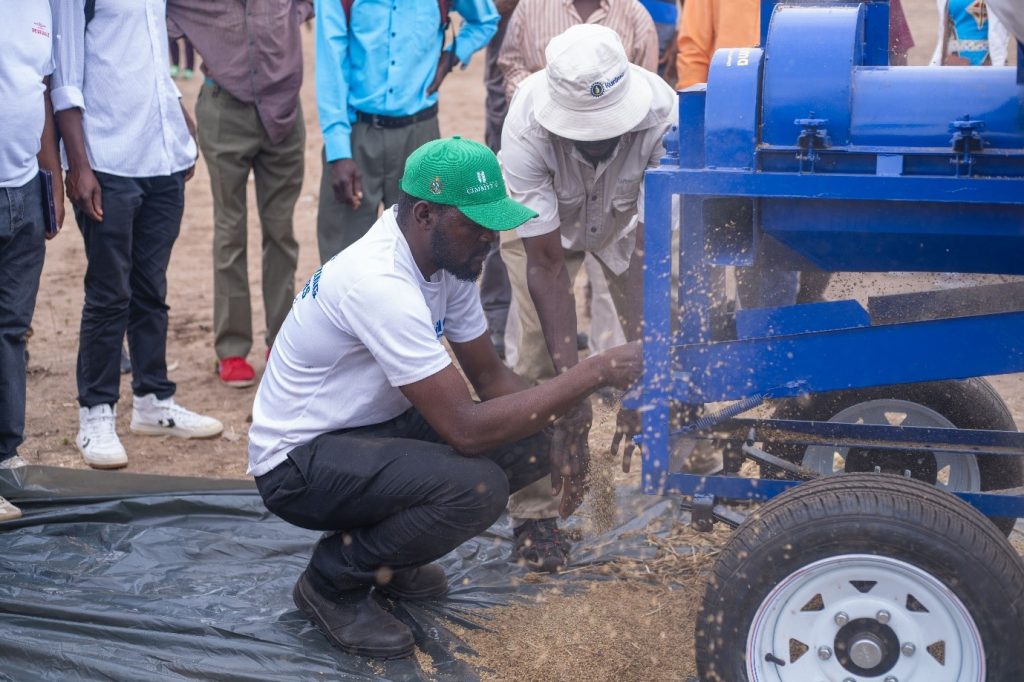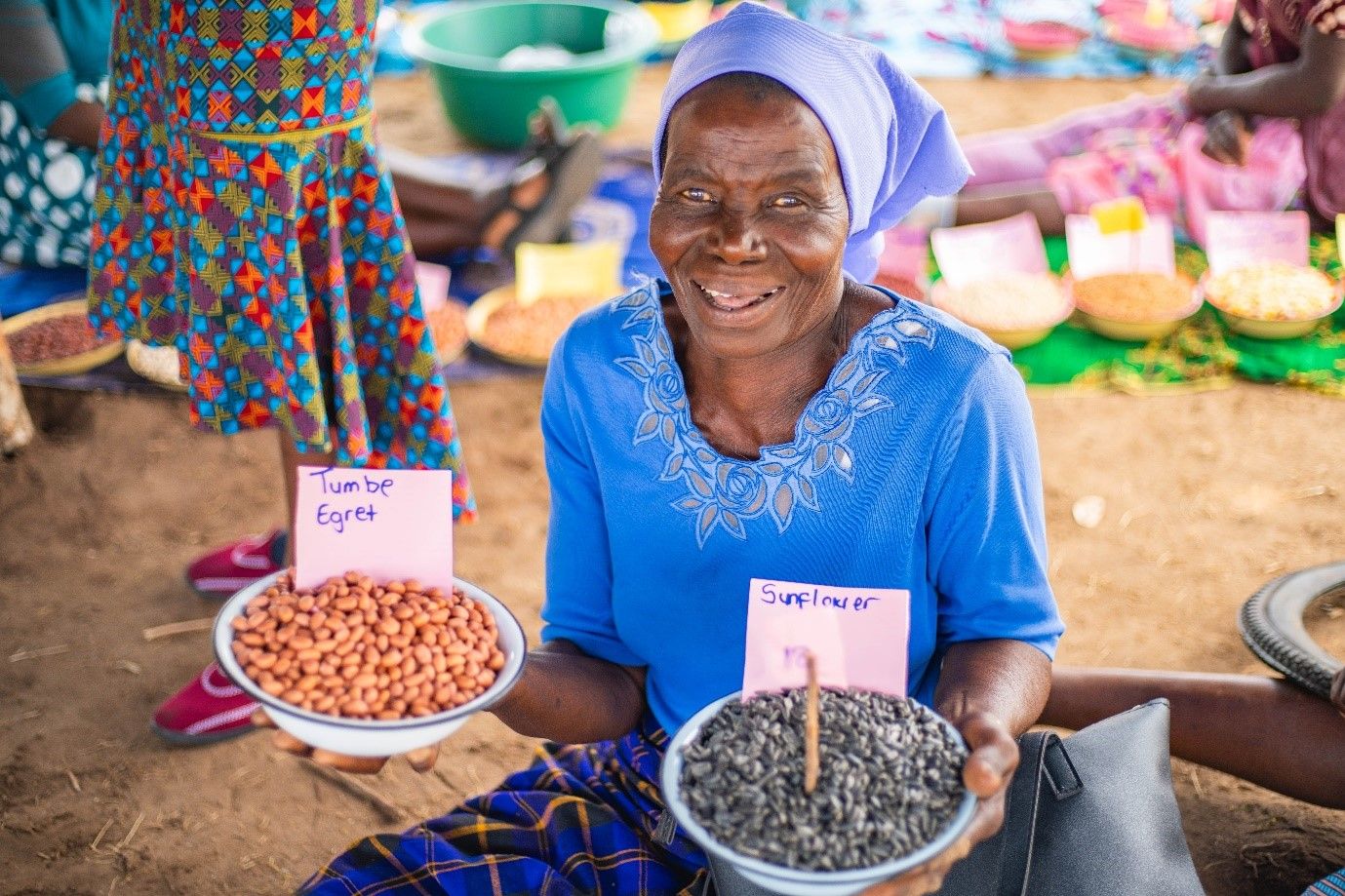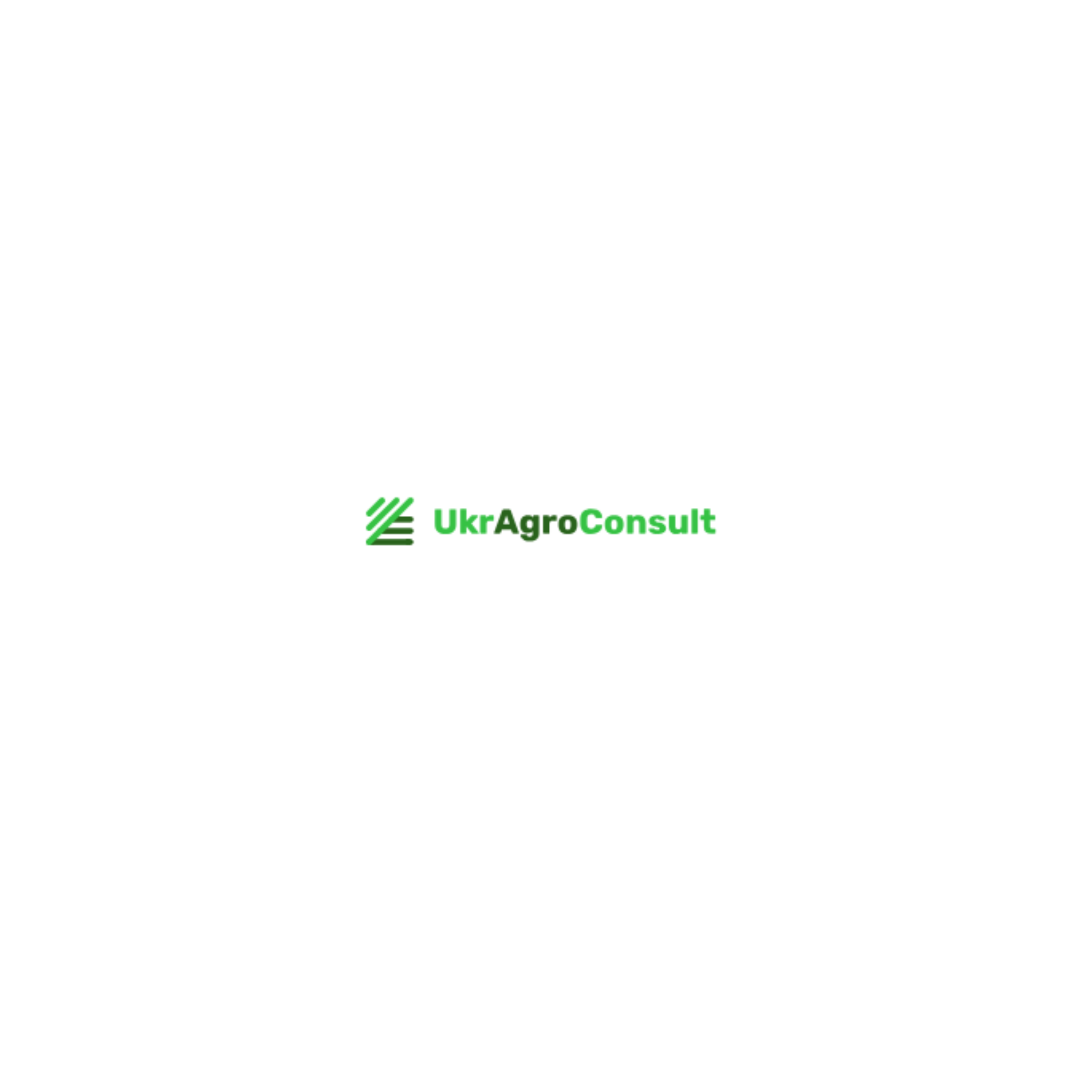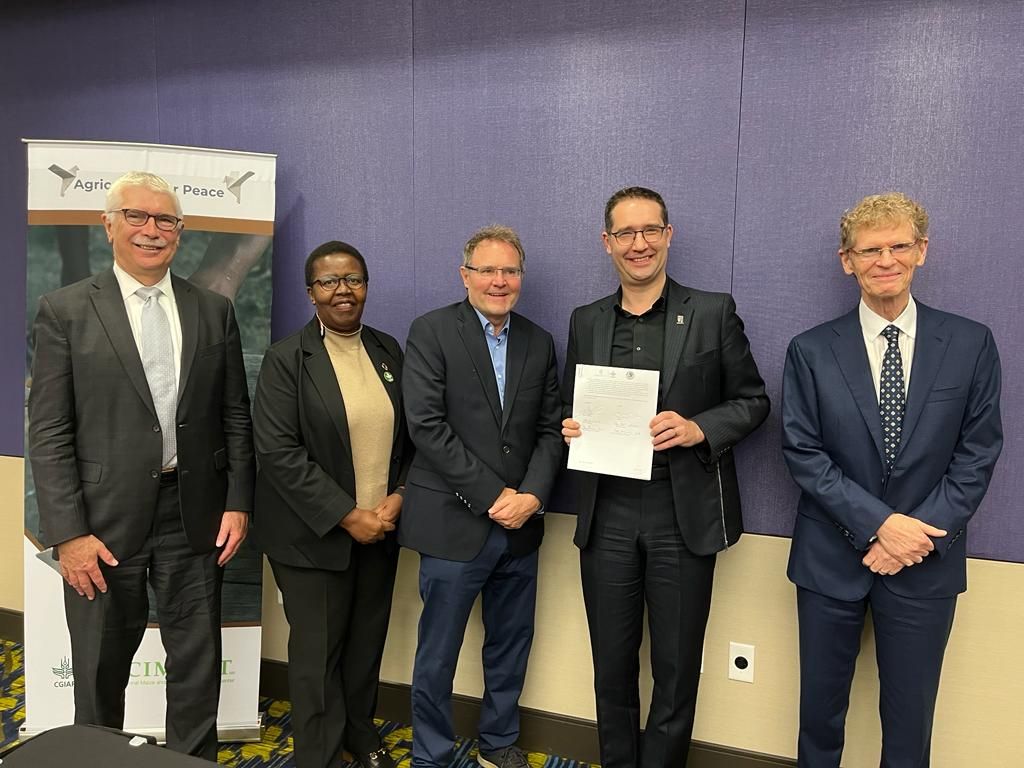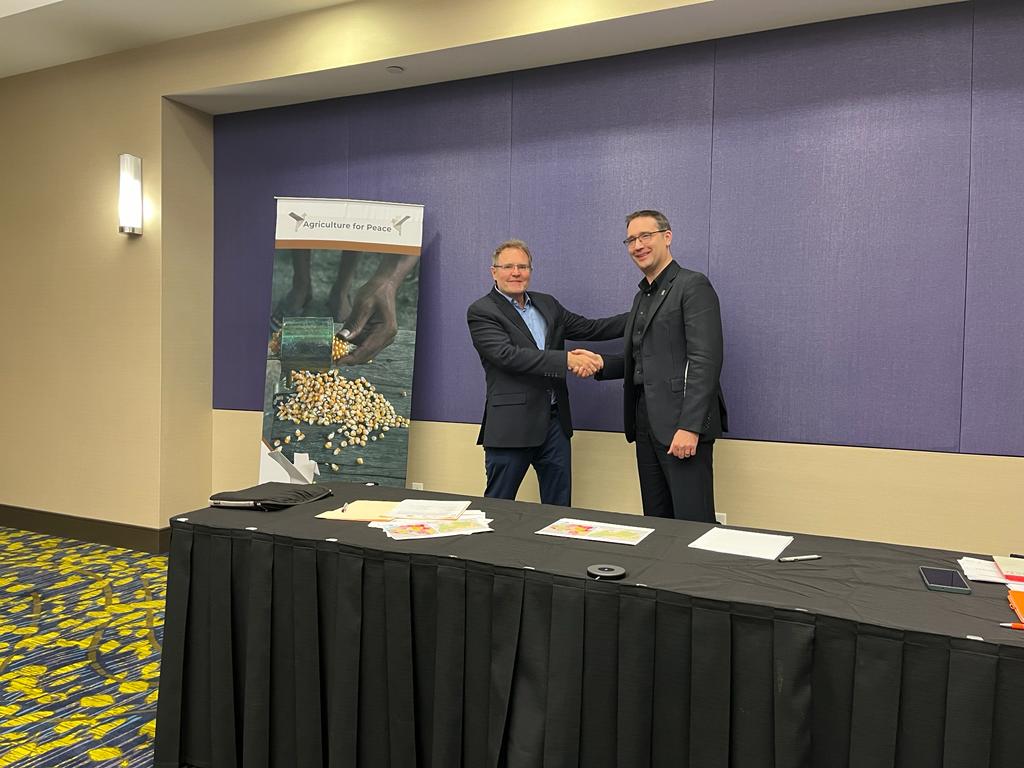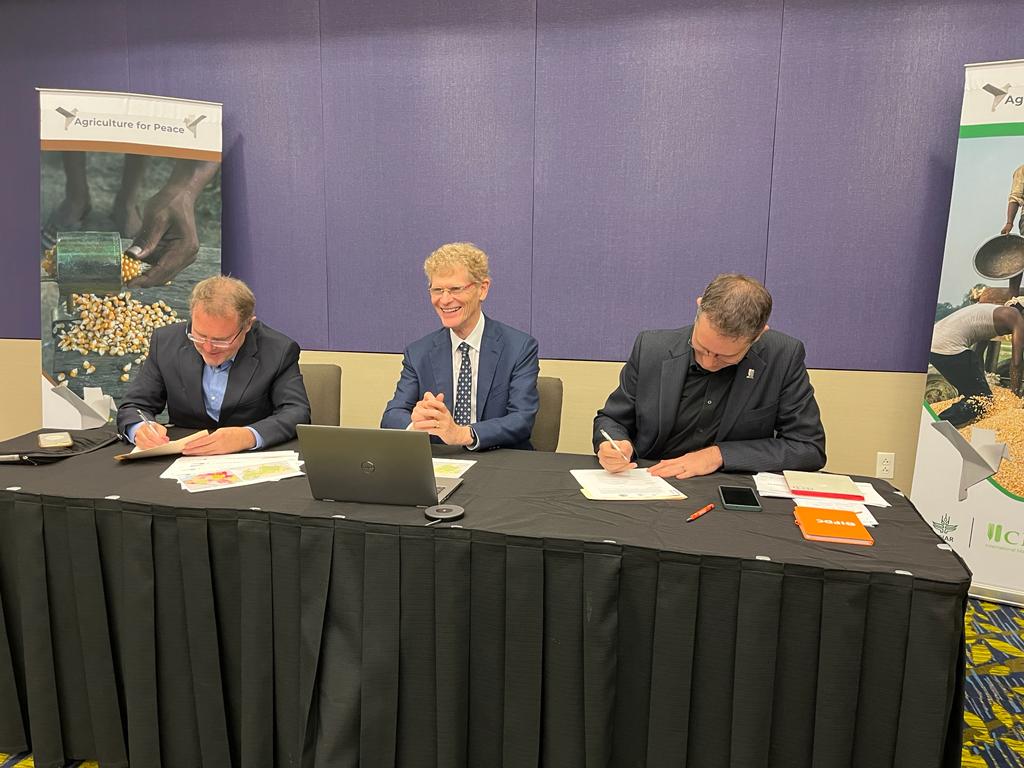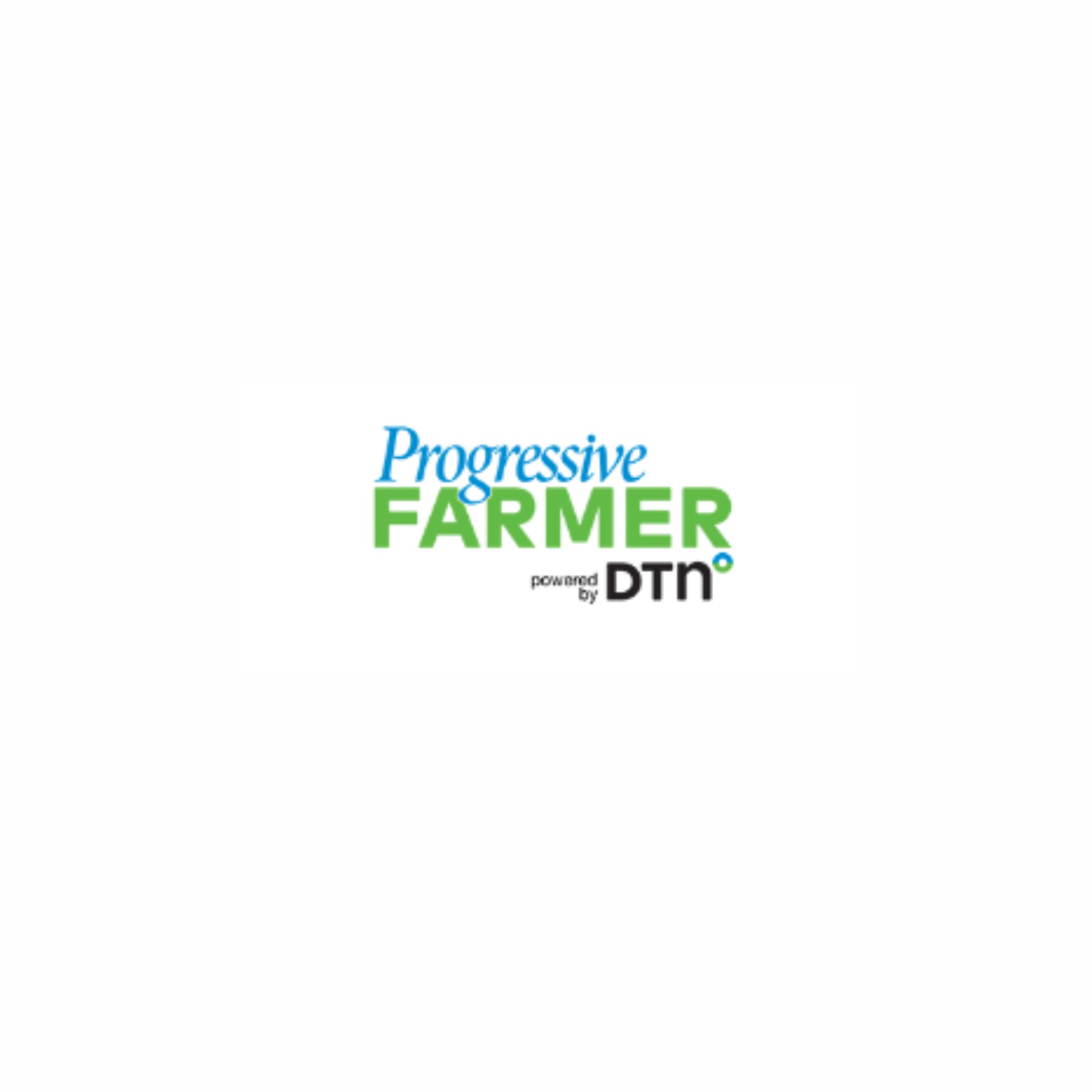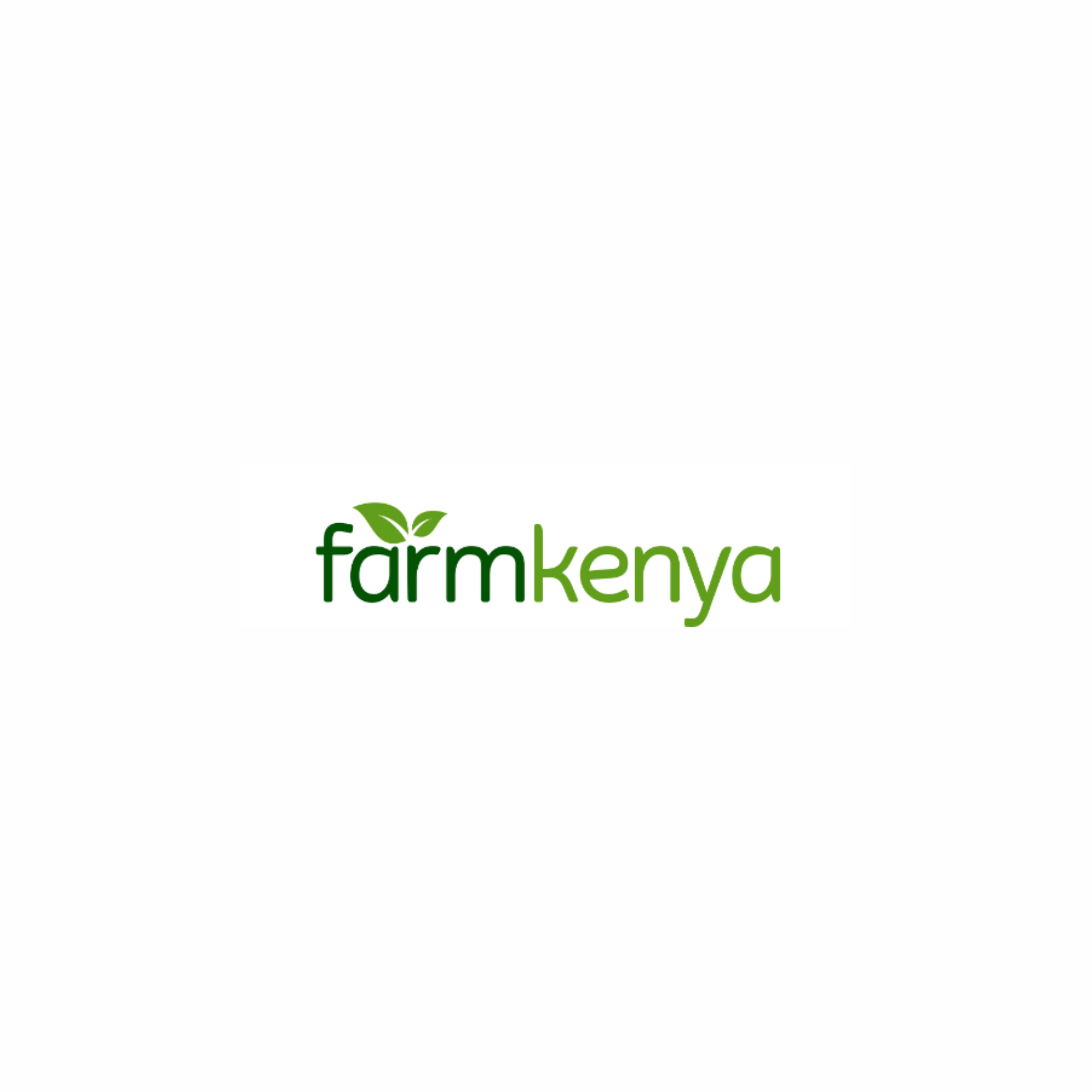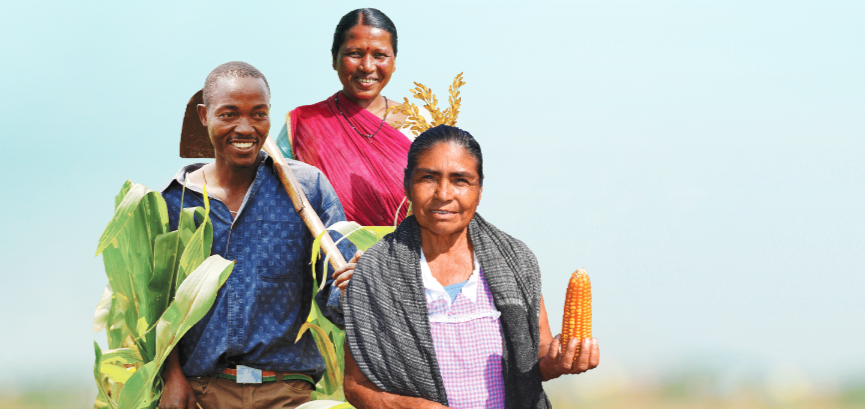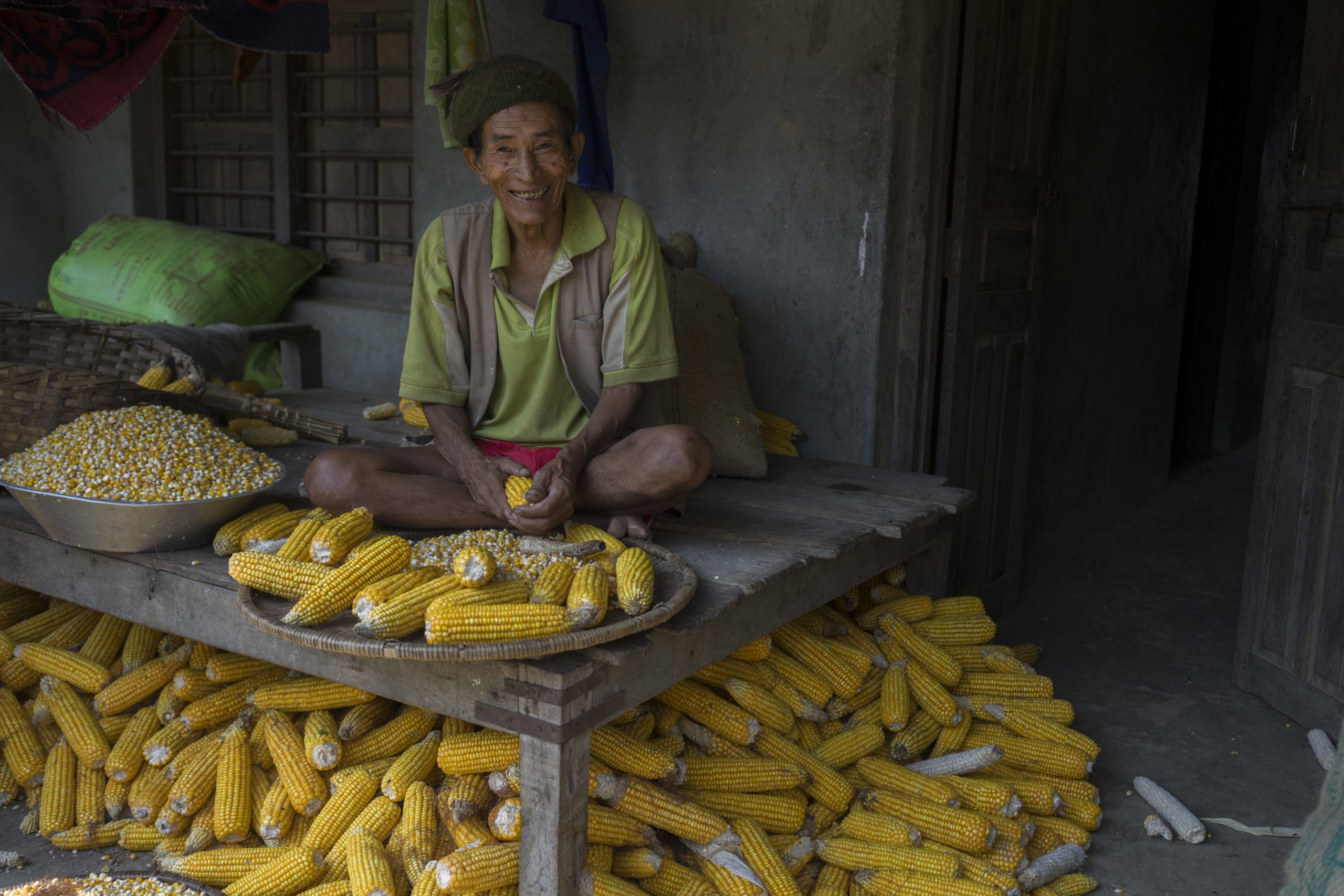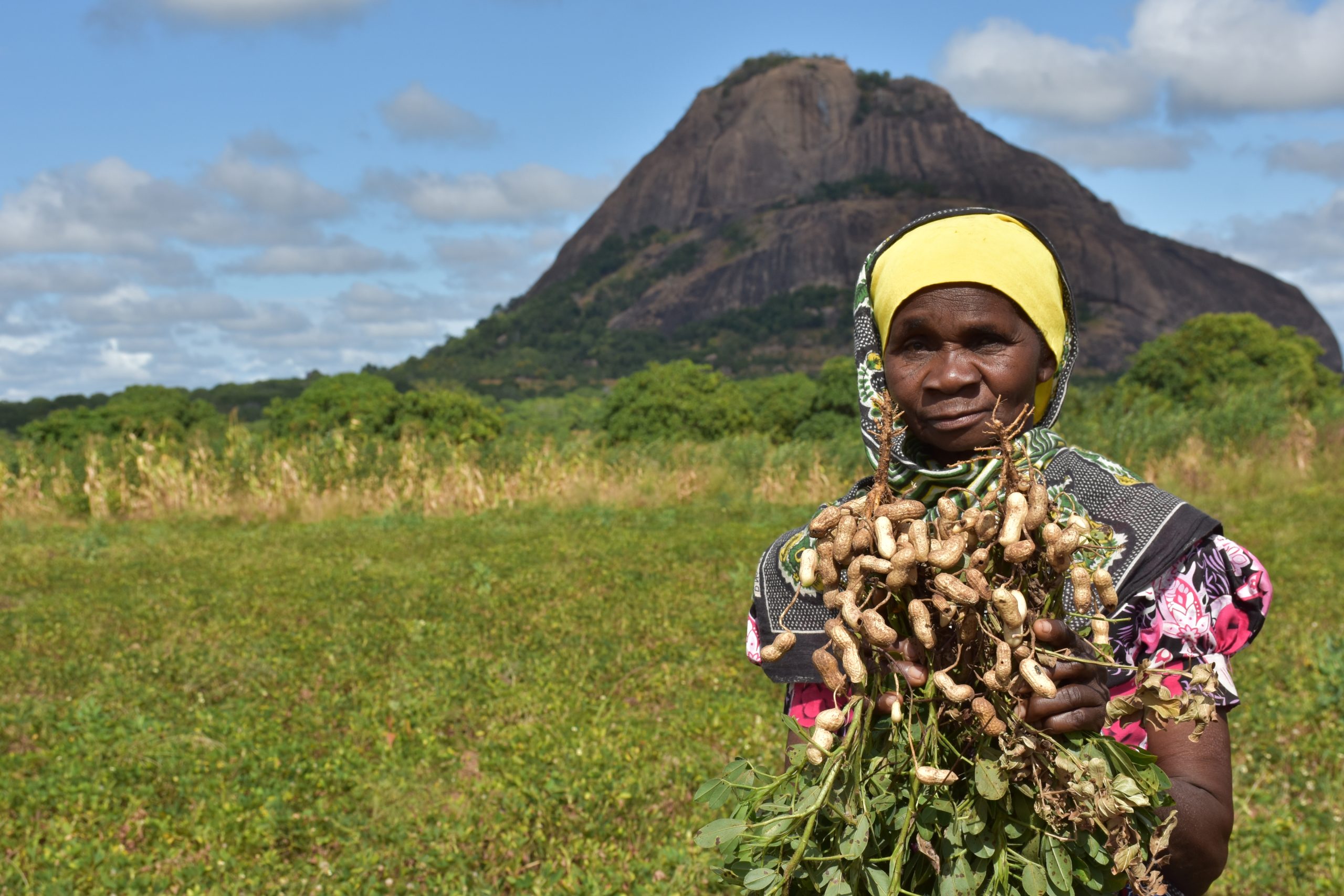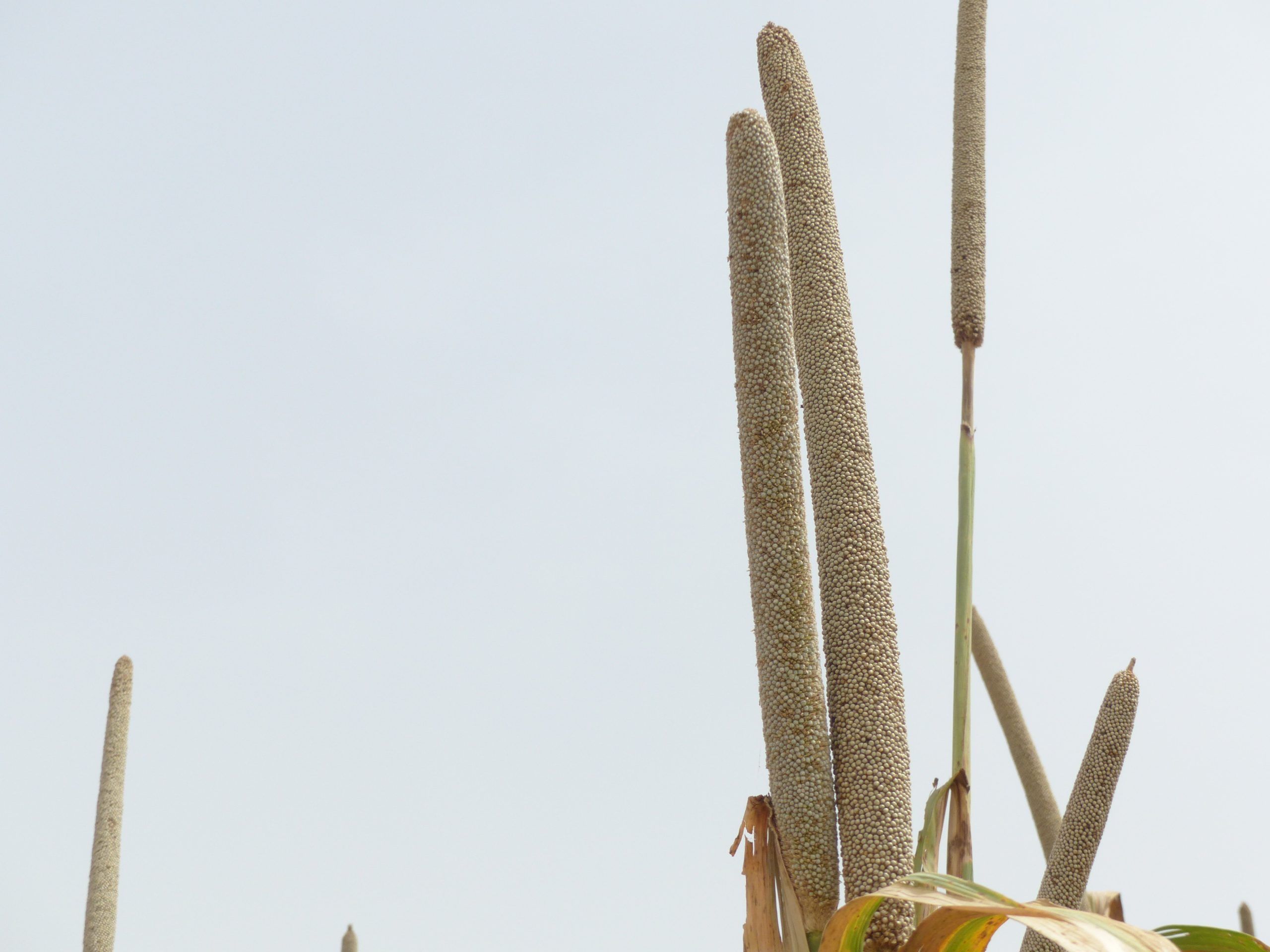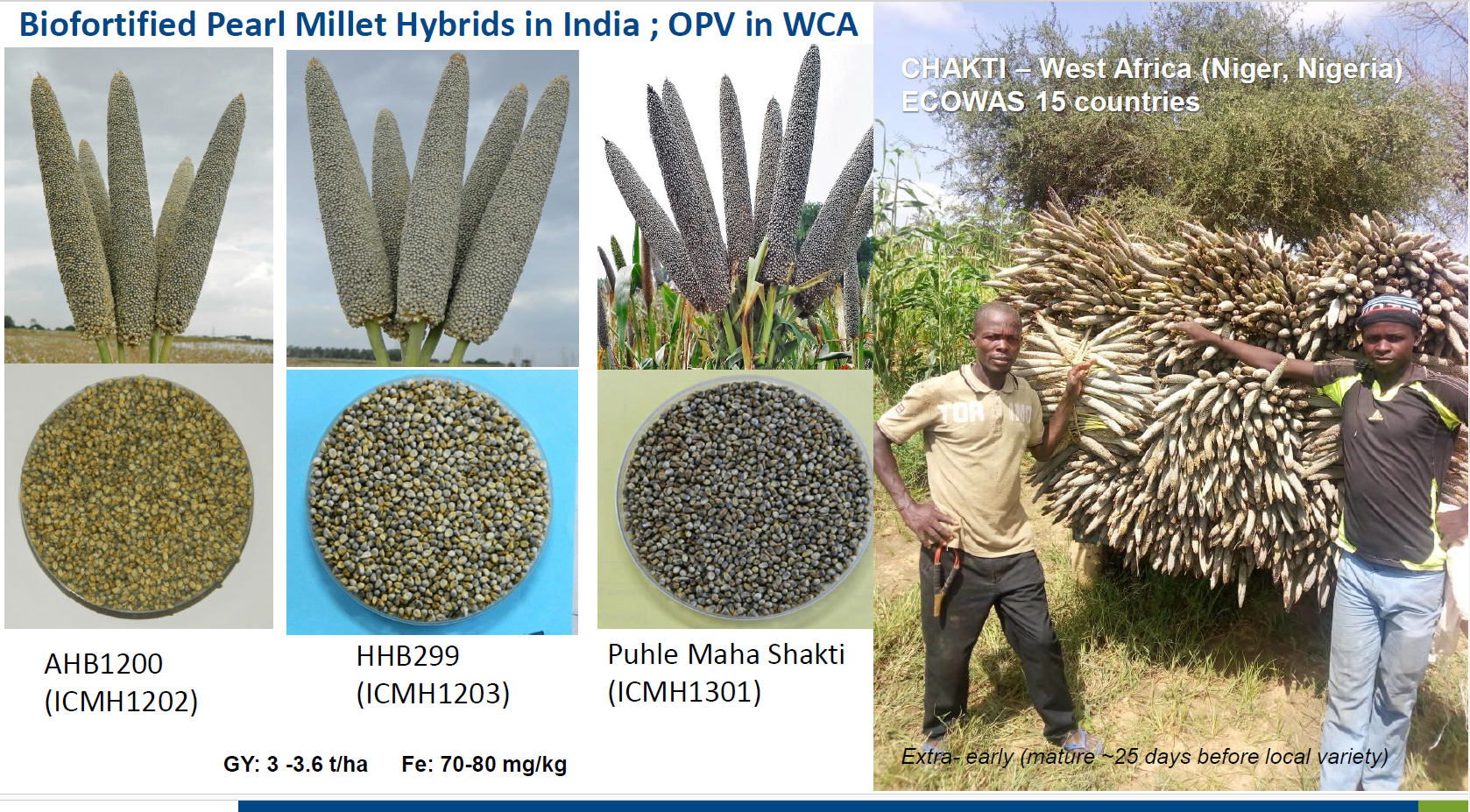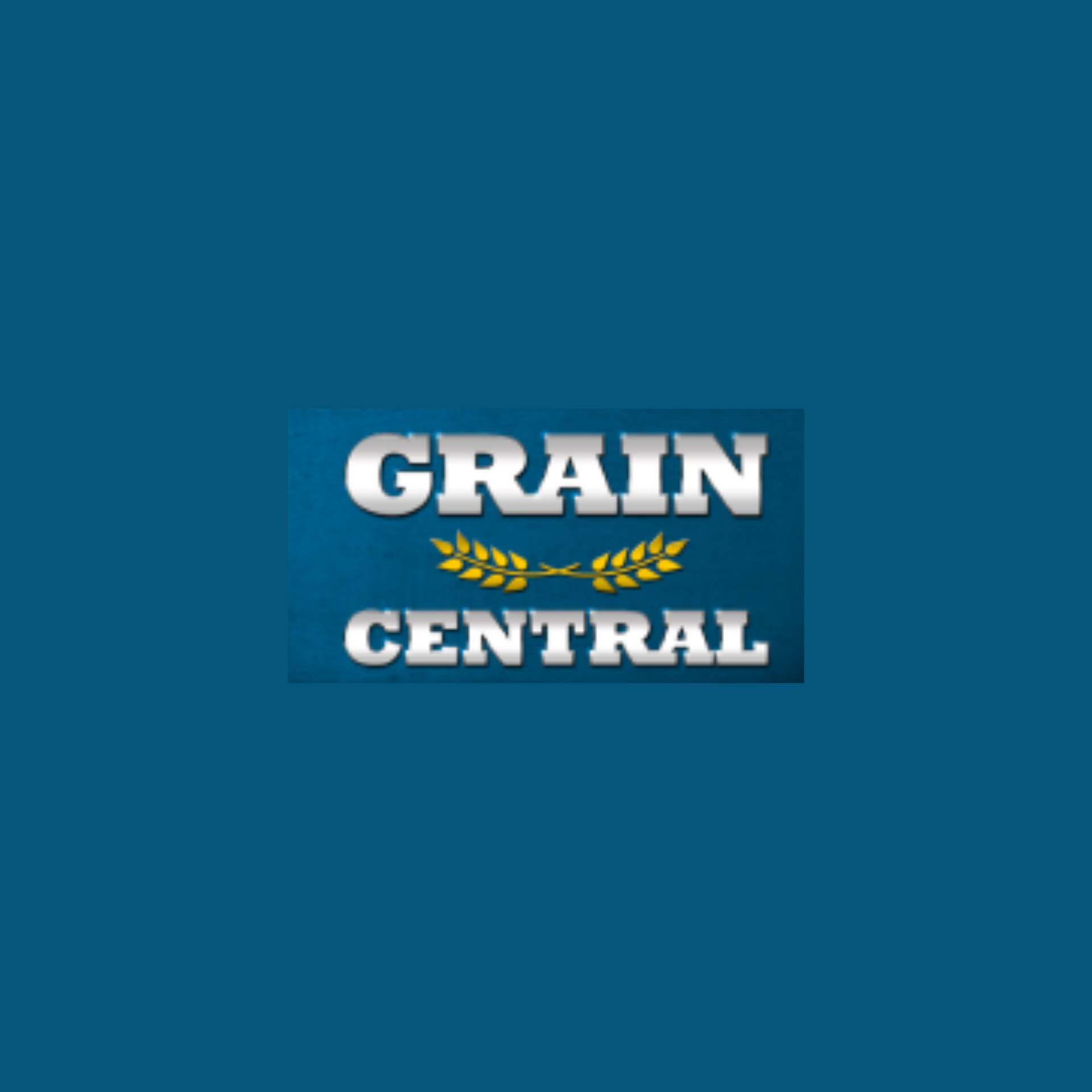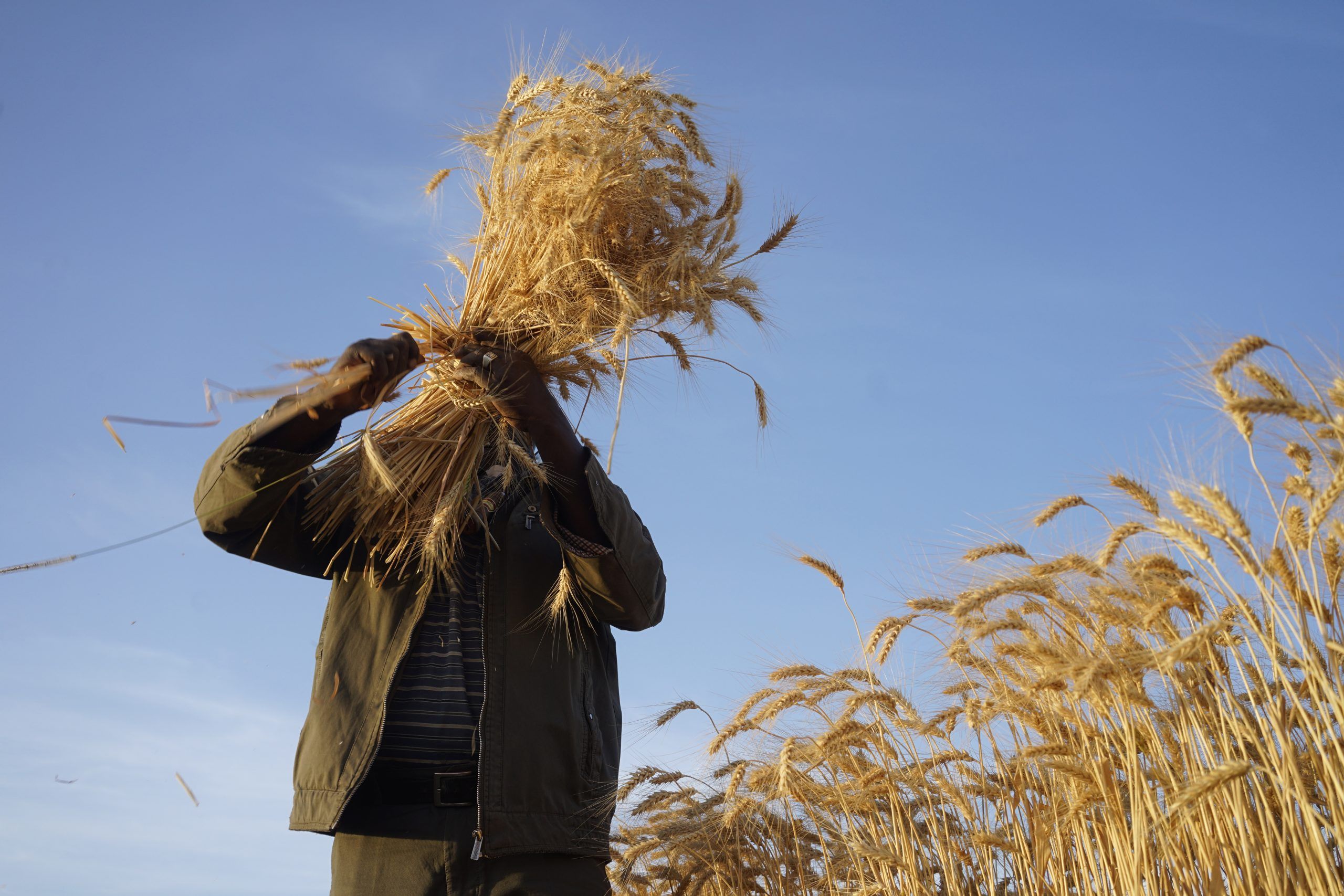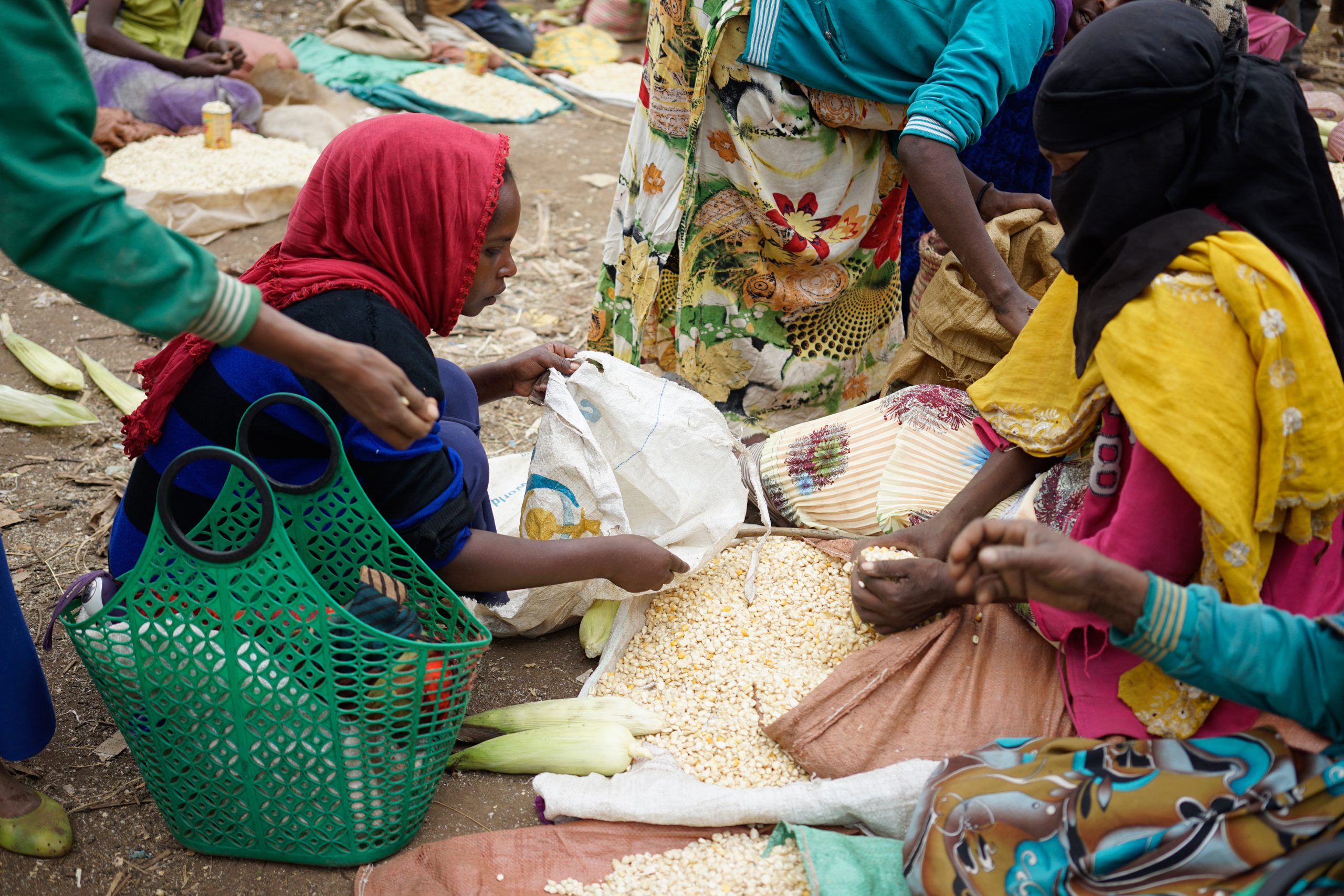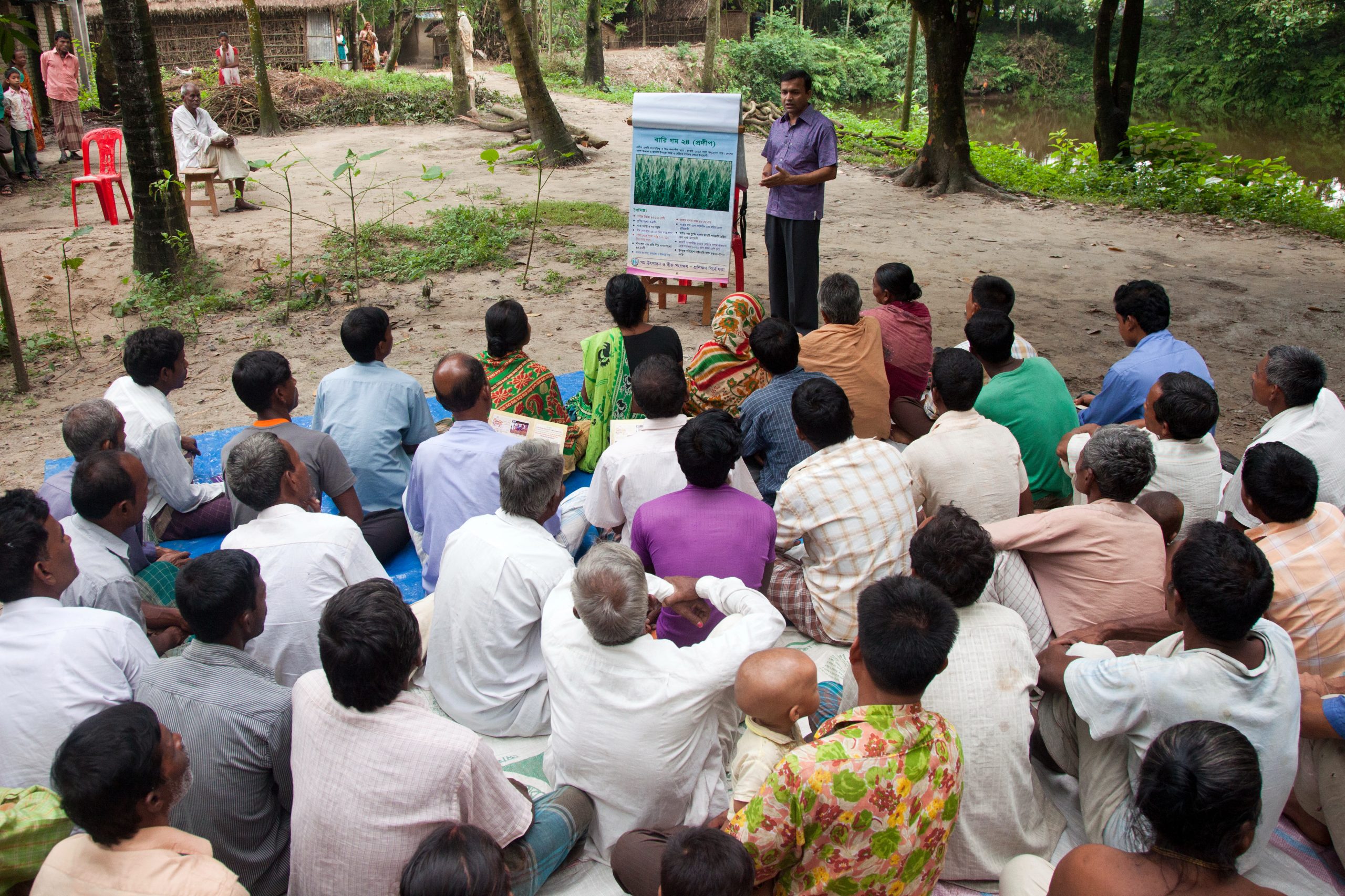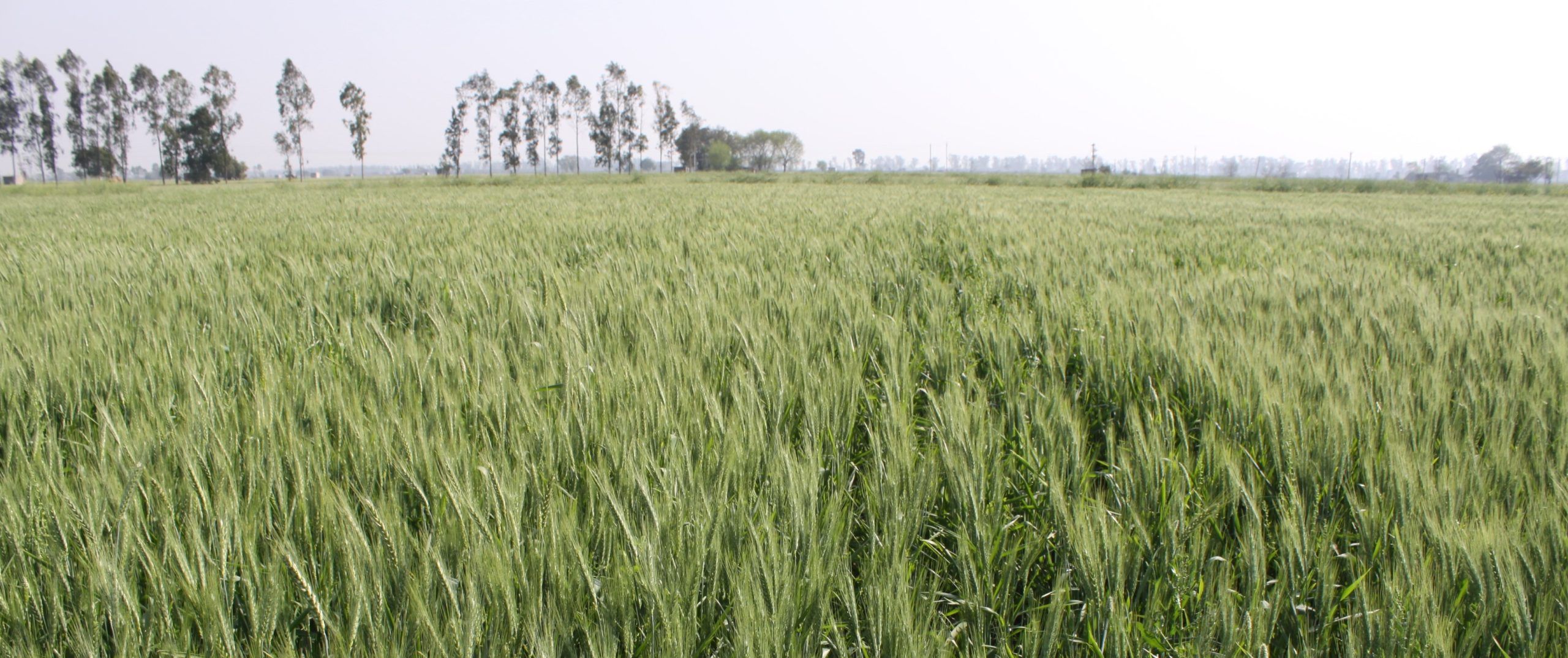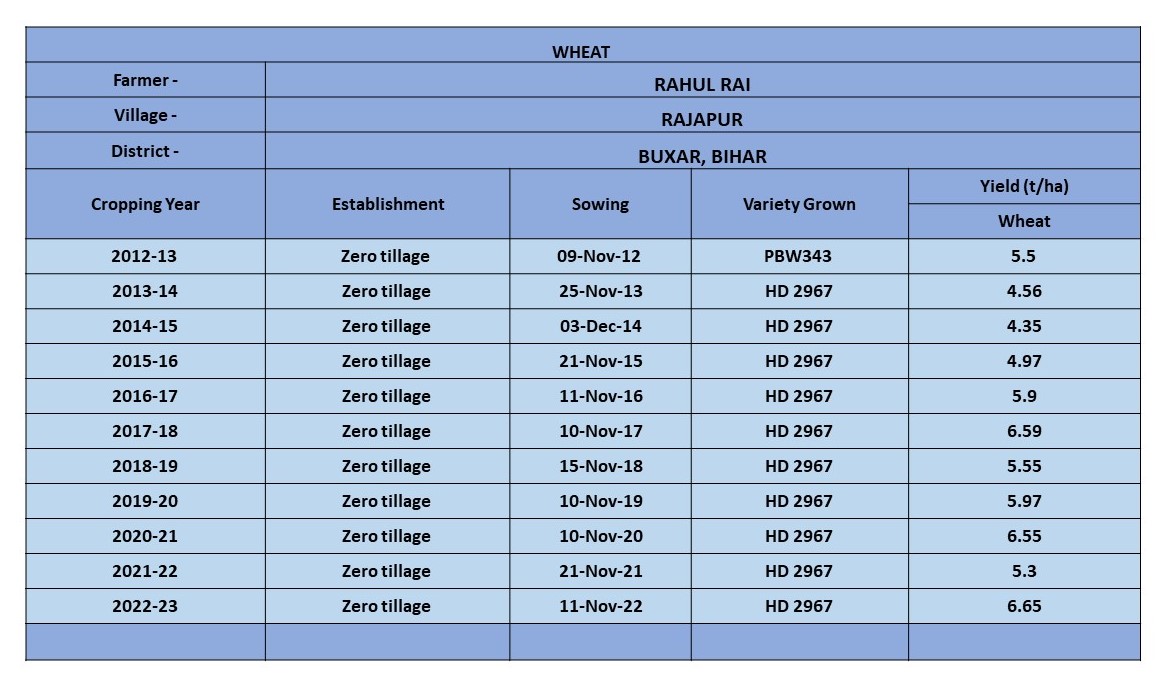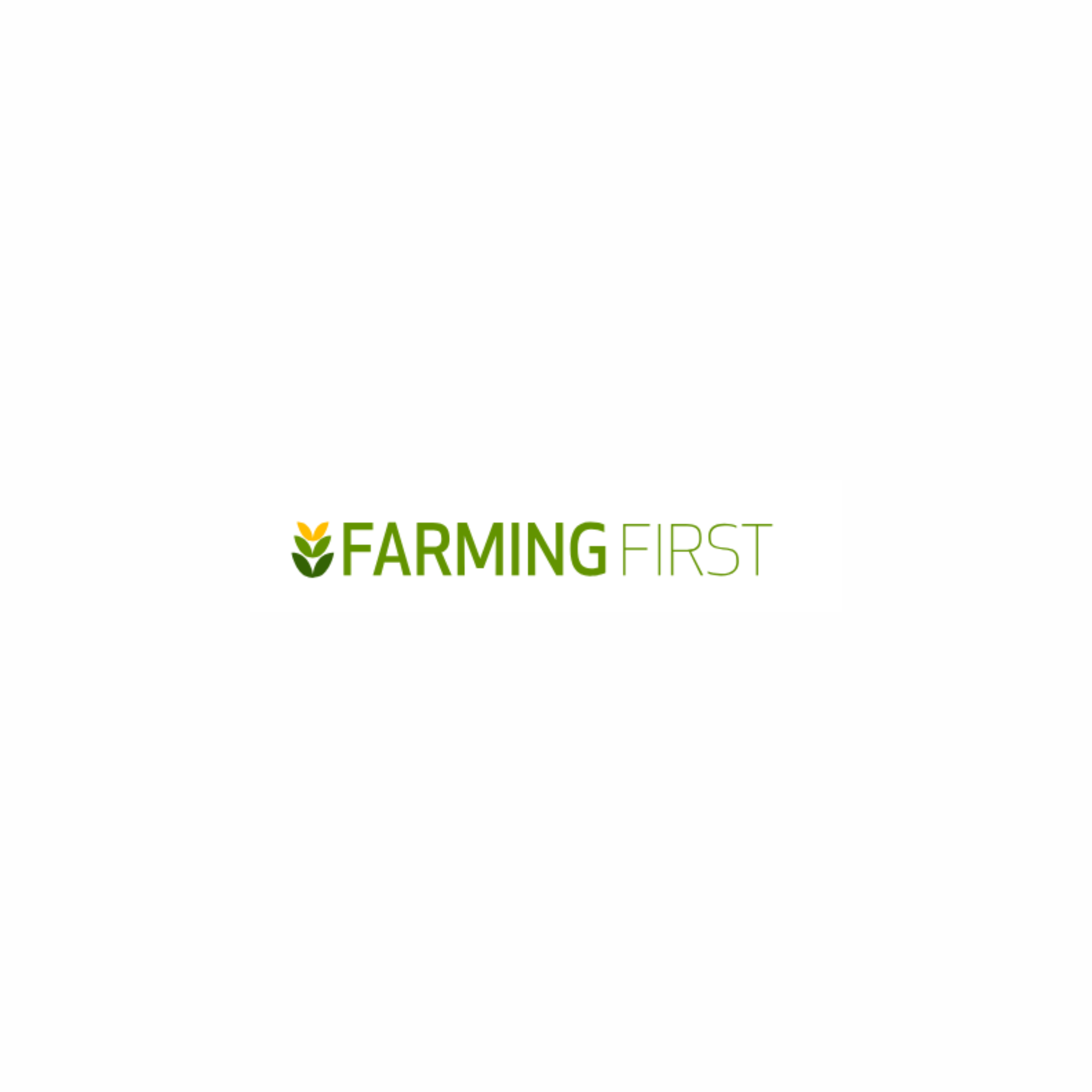Strengthening farmer resilience through sustainable synergies between crops and livestock
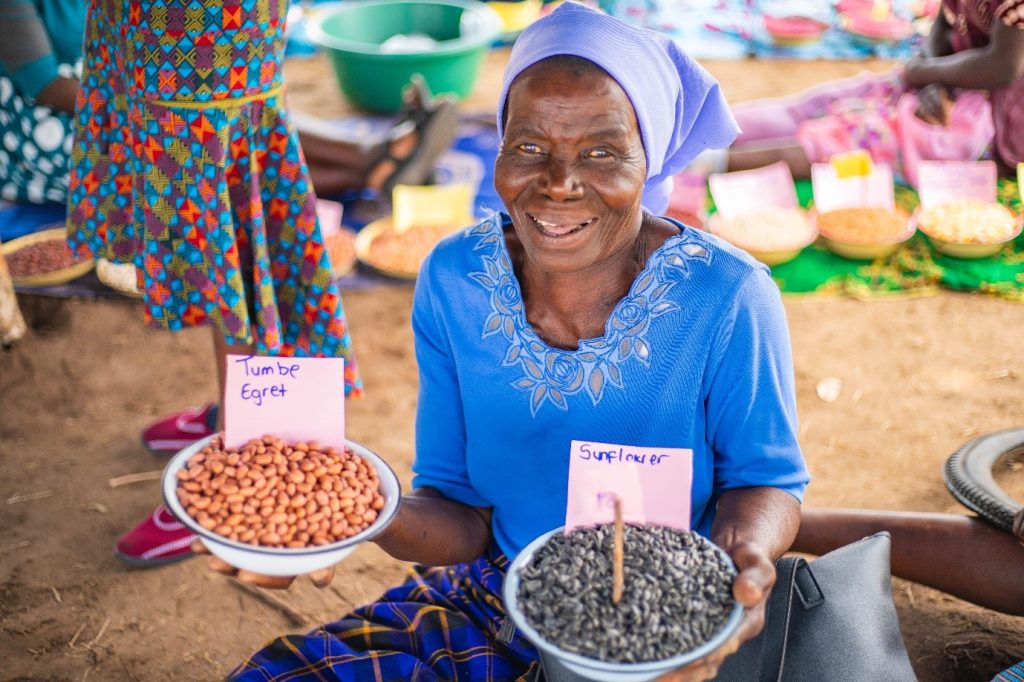
Farmers, stakeholders, and partners, including seed companies, Hamara Chicks, PHI Commodities, the International Livestock Research Institute (ILRI), BioHUB Trust (BHT), Kurima Machinery and Technology, and Zimplow Limited, participated in the Seed and Livestock Fair in the Mbire and Murewa districts of Zimbabwe, which showcased indigenous and improved seed varieties and different technologies to strengthen crop and livestock value chain systems.
Initiated by CIMMYT in 2022, as the CGIAR Initiative on Agroecology, these series of fairs have become instrumental in bringing agrodealers closer to farmers and showcasing sustainable technologies and innovations that have the potential to strengthen production systems. It was also an opportunity for the agroecology initiative team to provide feedback to farmers and stakeholders on ongoing activities and technologies that were being tested since the initiative’s inception in Zimbabwe. By adopting a multi-partner approach, these fairs bring local food systems actors together to ensure food and nutrition security and improved income for farmers.
“The agroecology initiative has been collaborating with an array of organizations and institutes that can support our mission towards promoting agroecology and improving farming production, including other CGAIR entities like IWMI and ILRI, Hamara Group, Ecolyfe, and PHI Commodities,” said Dorcas Matangi, research associate at CIMMYT.
This year’s edition of the seed and livestock fair “Fostering Synergies: Diverse Crops, Livestock and Inclusive Communities” advocated for enhancing synergies within the farm to foster sustainable agroecology transitions for resilient food and nutrition outcomes. With over 800 farmers and stakeholders participating, the event provided a vibrant platform for knowledge sharing, exploration of indigenous and improved seed varieties, and sensitization of innovative technologies.
“The seed and livestock fairs hosted by the agroecology initiative bring together farmers and food system actors from all walks of life to foster learning around agroecology, which includes the importance of diversity (crop and livestock) while also appreciating local innovations in the respective area,” said Jesca Mapfinya, a Murewa farmer.
The right seed, assures a good harvest
Various seed companies participated in the fair to showcase different seeds which are well adapted in Murewa and Mbire districts. Each agroecological region in Zimbabwe is unique, with adaptable seed varieties that are either landrace or improved. Local landraces and many underutilized crop species are adapted to weather and climate variability, climate change, and extreme weather such as drought and heat stress. Farmers indicated that their motivations for growing landraces are related to sustainable farming systems suitable for social, cultural, nutritional, and agronomic traits. Their place in rural communities remains important, providing much-needed functional diversity and social capital. Including improved varieties within the basket of options can further intensify production systems in these communities.
“Primarily, we sell seed varieties and build farmer capacity around appropriate agronomic practices. The seed fairs are a good platform to match seeds and systems and allows a farmer to provide feedback about our seed varieties and how they are performing in the respective areas,” said Onesmous Satenga, SeedCo.
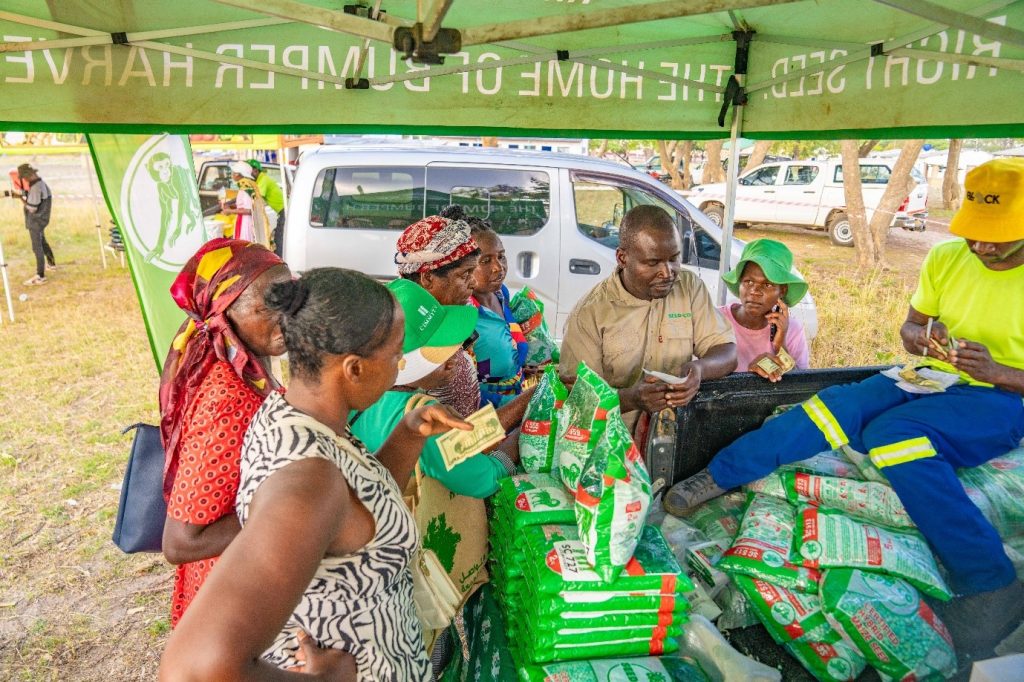
Building crop and livestock synergies
For the first time since the inception of the fairs, livestock such as cattle, sheep, goats, chicken and rabbits were displayed. Partners, including ILRI and the Hamara Chicks, who are into sasso chicken and feed production, reiterated the importance of crop diversity for improved livestock nutrition. ILRI and the Grasslands Research Institute exhibited various local feedstocks and alternative livestock feed grasses and also presented several feed formulations. Farmers also provided feedback on the feeding strategies employed for different livestock.
“We feed cattle with poultry litter, maize grain, maize stover, and groundnut shells in various proportions depending on the availability of these feed sources. Forage legumes such as velvet bean (mucuna pruriens) and lablab (lablab purpureus) have been introduced, and we have started to grow these for feed,” said Samson Tashaya, Murewa farmer.
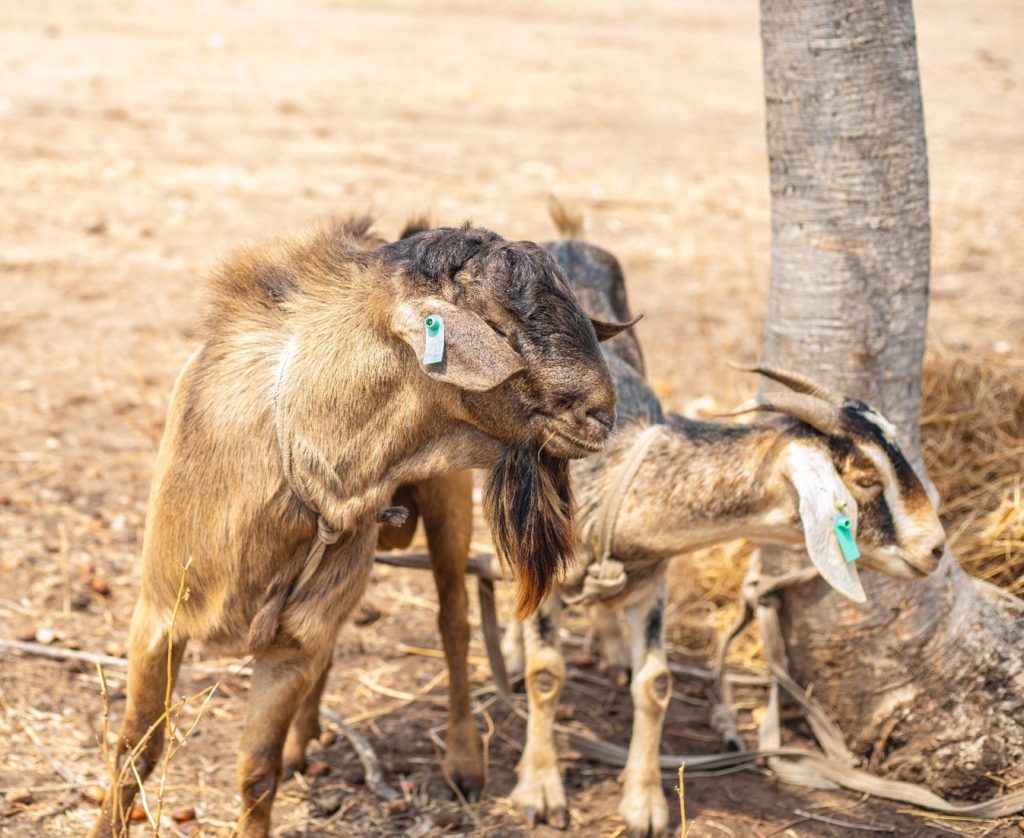
Of keen interest to farmers and stakeholders was the sasso breed of chickens that the Hamara Group was promoting.
“We have recently joined as partners with CIMMYT and are promoting hybrid chicken production, especially sasso, here in Murewa ward 27 and 4. This is our first time coming to this seed fair, and it was a learning opportunity. The interactions with farmers were really good,” said Alan Norton, team leader at Hamara Chicks.
Modernizing smallholder production systems
Mechanization experts from Kurima Machinery and Zimplow shared their recommendations at the fair. They acknowledged that farmers rely heavily on scarcely available labor and production activities that are backbreaking. They advocated for modern production systems to produce more food and support economic transformation. Experts from Kurima Machinery and Zimplow demonstrated several machines that could aid farmers in various on-farm activities.
“This fair has come at the right time as I begin land preparation for my pfumvudza (conservation agriculture plots). I have seen how the basin digger works, and I am keen to purchase an instrument to make my work much easier,” said Chief Chisunga, Mbire.
“This crop season’s outlook is still unclear, but weather experts have warned of an intense El Nino event likely to happen in the second half of the season. Technologies such as conservation agriculture can ensure good moisture retention in crop fields, and it needs to be paired with good agronomic practices,” said Tafadzwanashe Mabhaudhi, climate and food systems expert.
